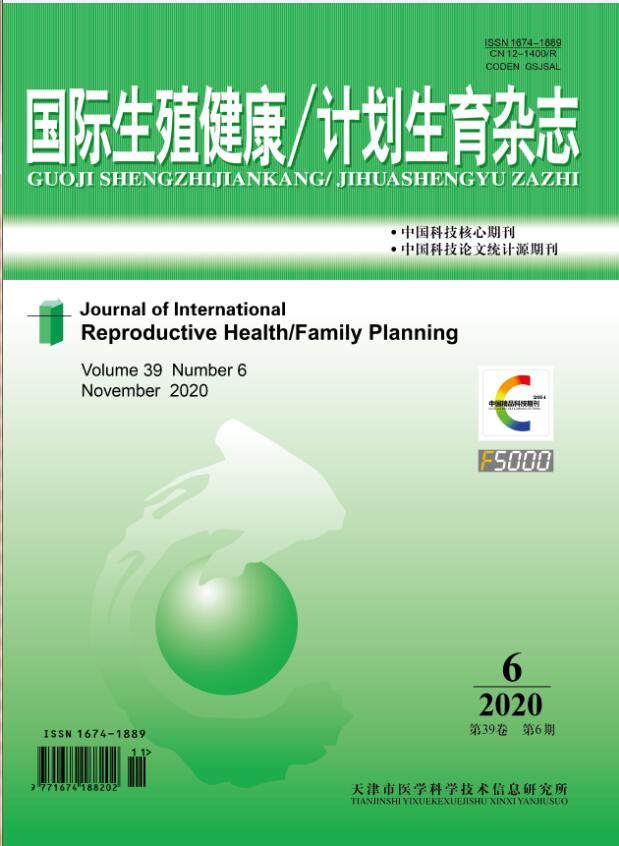|
|
Placenta Exosomes, Pregnancy and Complications
FENG Xiao-ling,JIA Dan,CHEN Lu,ZHANG Yang
2019, 38 (2):
166-169.
Cells produce exosomes, a kind of extracellular nanobubbles, which transmit information in tissue microenvironments. Exosomes are nano-sized vesicles, with diameter of 30-100 nm, that are released by cells in a controlled manner and that participate in extracellular and intercellular activities. Some key functions of exosomes include intercellular communication, immune regulation, extracellular matrix turnover, stem cell division/differentiation, angiogenesis and cell waste removal, promoting normal and pathological processes. The exosome can carry a variety of bioactive factors (proteins, RNA, lipids, etc.) and widely exists in peripheral blood, milk, urine, saliva, ascites, amniotic fluid and other body fluids. The exosome from placenta in maternal plasma is generally increased following pregnancy, which plays important roles in the placenta development and maternal immune tolerance. The biological changes of placental exosome would be related with pregnant complications such as pre-eclampsia and fetal growth restriction. The study on placenta exosome may be helpful for developing early diagnosis in pregnant women with high risks of pregnant complications, monitoring therapy response, and finding new therapy targets of exosomes. In this paper, we discuss the exosomes and its potential relationships with pregnancy and pregnant complications.
Related Articles |
Metrics
|

